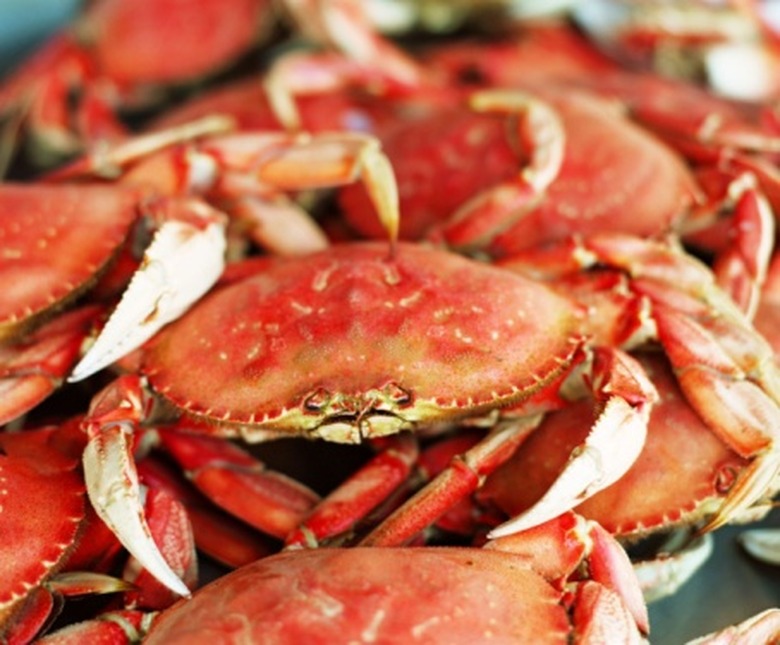Can I Use Crab Shells In My Garden?
Avid gardeners who gravitate toward the organic side of gardening often keep compost piles to make fertilizer. Crab shells are among the items that can be used to create compost. Crab shells have nutrients that encourage soil health.
Avid gardeners who gravitate toward the organic side of gardening often keep compost piles to make fertilizer. Crab shells are among the items that can be used to create compost. Crab shells have nutrients that encourage soil health.
Features
The crab shells feed the microorganisms found in soil. The protein, chitin, is a key nutritional element found in crab shells. Chitin functions like bone meal in soil.
Materials
Crab shells can be combined with other organic materials such as paper, popcorn, bird cage cleanings and egg shells to make compost. Professional organic fertilizer manufacturers dry crab shells in a kiln and then ground them up into crab meal. This crab meal is a key ingredient in some organic fertilizers. (See Resources for how to start a compost pile)
- Avid gardeners who gravitate toward the organic side of gardening often keep compost piles to make fertilizer.
- Crab shells can be combined with other organic materials such as paper, popcorn, bird cage cleanings and egg shells to make compost.
Prepare
Crush the crab shells up into small bits to prepare them for the compost pile. Add the crushed shells to compost pile so that they can decompose over the winter season.
Plant In A Full-sun Garden With Crab Apple Trees
Spring-blooming bulbs are ideal near deciduous small trees like crabs for several reasons. USDA zones 3 through 9), which bear edible petals. These low-growing plants cover bare patches under the shadier parts of trees, as well as sunny spaces between crab apples and their neighbors. Periwinkle (Vinca minor, USDA zones 4 through 9), mondo grass (Ophiopogon japonicus, USDA zones 4 through 9) and liriope (Liriope spp., If you have deep shade behind your crab apple trees, consider hostas or ferns (hardiness zones vary). On the other hand, patches in front of or between the trees and their neighbors that always get sun might benefit from perennial white clover (Trifolium repens, USDA zones 4 through 8 ), which contributes nitrogen to the garden while acting as a living mulch. This group includes lavender, yarrow, dill, coriander, Queen Anne's lace and mint varieties. Choose shrubs and trees that are either approximate in height to your crab apple, or somewhat shorter.
- Crush the crab shells up into small bits to prepare them for the compost pile.
- On the other hand, patches in front of or between the trees and their neighbors that always get sun might benefit from perennial white clover (Trifolium repens, USDA zones 4 through 8 ), which contributes nitrogen to the garden while acting as a living mulch.
References
- Plan Tea: Compost Materials
- Gaia's Garden: Toby Hemenway
- Texas A&M AgriLife Extension Service: Made in the Shade
- Fine Gardening: Plant Guide
